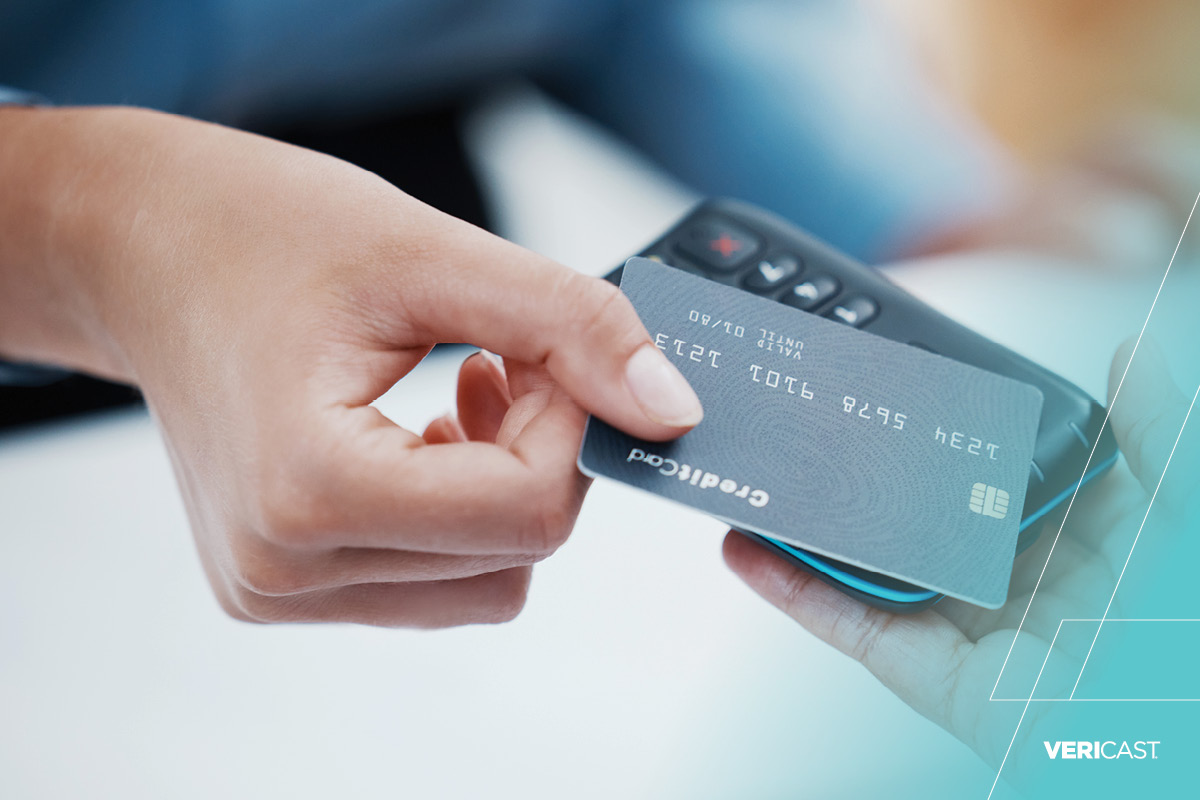In today’s rapidly evolving financial landscape, instant card issuance has transitioned from being a unique competitive advantage to an essential service that all financial institutions must offer to stay relevant. 74% of consumers say it’s important to receive a card instantly.1 In branch instant issuance meets this demand by providing instant gratification and convenience to account holders.
From Competitive Advantage to Industry Standard
Instant issuance was once a unique selling point for financial institutions. Now it’s something many accountholders expect their financial institution to offer instant issuance as a standard service with 40% of consumers say they would prefer in-branch instant issuance (rising to 47% among Millennials). 2
Adopting this technology can be daunting for some organizations, but the benefits are undeniable. Instant issuance not only enhances the customer or member experience but also provides tangible financial benefits to the institutions that implement it.
Four Major Reasons Why Instant Issuance is Essential
1. Revenue Generation
Instant issuance increases the likelihood of cards become top-of-wallet, driving greater interchange revenue and reducing card program costs by eliminating mailing. With instant issue, consumers typically conduct five more purchasing transactions per month with ten more transactions made in the first 30 days of issuance.3
2. Higher Activation
Instant issuance helps increase activation rates, drive more card usage, gain top-of-wallet placement, and increase spending and purchase volume. 82% of customers immediately activate their card on receipt compared with 50% when a card is delivered by mail.4 Consumers want to start spending immediately – 79% of them want the ability to use their card right away.5
3. Customer Satisfaction and Retention
Customer satisfaction is paramount in today’s competitive banking environment. Instant issuance enhances the customer experience by offering immediate purchasing power and instant gratification. Financial institutions that provide this service can better meet the needs and expectations of their accountholders. Instant issuance also allows credit unions and community banks to offer the same level of service as larger financial institutions, a factor that significantly influences account holder decision-making. Among all debit card users, 36% say that instant issuance would influence their choice of financial institutional number that jumps to 47% for 18- to 24-year-olds.6
4. Fraud Reduction
Instant issuance delivers a fully activated debit or credit card directly into the hands of your cardholder. This means that the cardholder receives their card in person, rather than through the mail, which significantly reduces the likelihood of the card being lost, stolen, or compromised. 53% of consumers say they prefer an instant-issued card because there is a limited chance of the card being stolen during the mailing process.7 Plus, Instant issuance helps banks and credit unions decrease emergency card replacement costs and paper/mailing expenses
The Future of Instant Issuance
As the financial services industry continues to evolve, instant card issuance is now a cornerstone. Most consumers (61%) still trust physical cards above all other methods and 82% say physical cards will still be relevant in the future.8
By embracing instant issuance, financial institutions may enhance their customer experience, drive revenue, increase activation, improve customer retention, and reduce fraud.
Vericast’s Card Solutions offer a variety of issuance and manufacturing options. Let’s discuss how we can help you drive revenue and loyalty today.
- Vericast, Consumer Card Preferences Study, July 2025, n=1000.
- Ibid.
- Javelin Advisory Services, 2025 Instant Issuance, Provider Scorecard, January 2025
- Vericast, Consumer Card Preferences Study, July 2025, n=1000.
- Javelin Advisory Services, 2025 Instant Issuance Provider Scorecard, January 2025
- Vericast, Consumer Card Preferences Study, July 2025, n=1000.
- Vericast, Consumer Card Preferences Study, July 2025, n=1000.
- Ibid.
